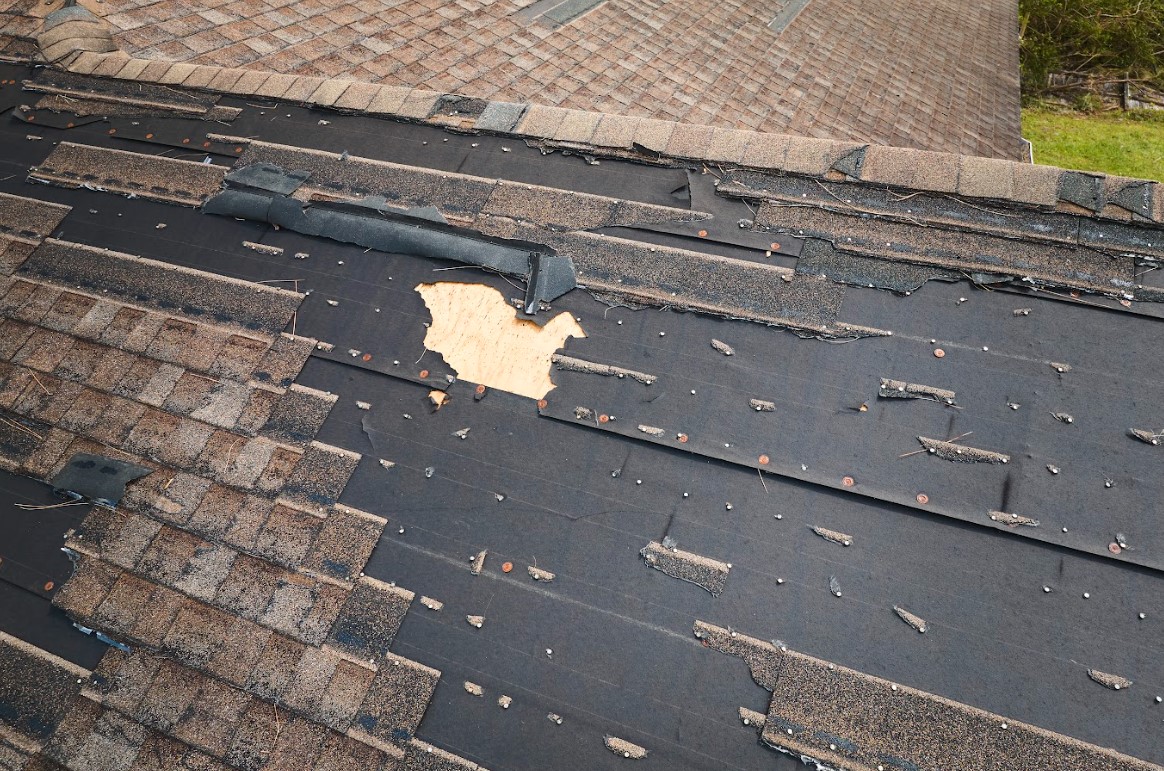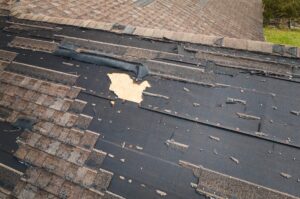In Texas, storms often arrive without warning and leave behind damage that can feel overwhelming. Missing shingles, leaks, or torn sections of roofing are more than an inconvenience; they’re a direct threat to your family’s safety and your home’s protection. Navigating roof insurance claims in Texas homeowners face can seem daunting, especially in those stressful first hours after the storm.
The good news? You’re not alone. With the right steps and the support of a trusted roofing team, you can move through the process with confidence.
In this guide, you’ll learn:
What to do first when you need storm damage roof help
How to prepare for the adjuster’s visit and keep your records organized
Why choosing the right contractor makes all the difference in the roof restoration process
At Candor Roofing Solutions, we believe peace of mind is priceless. Let’s walk through how you can protect your home, your claim, and your future after a storm.
Roof Insurance Claims in Texas: What Every Homeowner Should Know
When it comes to roof insurance claims after storm damage, Texas homeowners depend on timing is everything. Most policies require you to report damage quickly, and delays can make things harder.
The first step is documenting the storm’s impact. Take photos and videos of your roof from the ground where it’s safe, and capture any interior leaks or water stains as well. Note the date and time of the storm and save all related details.
From there, protect your home with temporary measures. Cover broken windows, place tarps over exposed areas, and remove standing water where possible. Hold onto every receipt for materials you purchase; those often count toward your coverage.
Remember: Texas law requires homeowners to pay their deductible. Contractors cannot waive this cost, and insurers may ask for proof of payment. Choosing a roofer who respects the law is an important protection for you.
Finally, be present when your adjuster visits. Point out all areas of damage and keep a written record of every conversation with your insurer.
Important Factors to Consider Before Starting the Roof Restoration Process
Here are a few questions to help guide your decisions as you move forward:
- Documentation: Did you capture enough evidence? Clear photos, videos, and notes are essential. Don’t discard damaged materials until your adjuster has seen them.
- Temporary Protection: Have you prevented further damage? Tarping or boarding exposed sections shows you’ve acted responsibly.
- Policy Review: Do you understand your coverage? Review your policy carefully, including deductibles, exclusions, and additional living expense provisions.
- Contractor Choice: Who will you trust with your home? Look for licensed professionals who provide thorough inspections, respect your property, and follow Texas law.
- Long-Term Planning: Are you preparing for future storms? The roof restoration process is an opportunity to consider upgrades that may improve durability and efficiency.
These considerations ensure that you move into the repair phase informed and confident.
Step-by-Step: Handling Roof Insurance Claims in Texas
1. Notify Your Insurance Company Right Away
Report the damage promptly. Keep a log of everyone you speak with, including names, dates, and details.
2. Document Storm Damage Thoroughly
Take photos and videos of all affected areas. Save receipts for any supplies you purchase for temporary repairs.
3. Schedule a Professional Roof Inspection
A trusted contractor can provide a detailed inspection to confirm the full scope of storm damage roof help that your home may need.
4. Meet with the Adjuster On-Site
Be present when your adjuster arrives. Walk them through your documented damage and ask questions when needed.
5. Compare Reports Before Repairs Begin
Review your inspection alongside the adjuster’s report. Make sure all areas of damage are included in the repair plan.
6. Complete the Roof Restoration Process with a Licensed Contractor
Select a roofer who values integrity, someone who shows up, communicates clearly, and delivers work that lasts.

Protecting Your Home During the Roof Restoration Process
Temporary Repairs Matter
Quick fixes like tarping or boarding show responsibility and prevent further damage while you wait for full repairs.
Clear Communication is Key
Keep copies of emails, notes from phone calls, and receipts. These records provide clarity and peace of mind.
Multiple Inspections Provide Peace of Mind
Comparing reports helps ensure no damage is overlooked. This step strengthens your path to lasting repairs.
Trust the Right Team
Beware of anyone who promises to “waive your deductible” or “get every dime.” Texas law protects homeowners from those practices. A contractor who follows the rules protects you, too.
By focusing on these practices, you’ll keep the process honest, transparent, and efficient.
Your Checklist for Roof Insurance Claims in Texas
- Contact your insurance company quickly
- Document all damage with photos and video
- Make temporary repairs to prevent further damage
- Save receipts for materials and services
- Schedule a professional roof inspection
- Be present during the adjuster’s visit
- Keep a log of all communication with your insurer
- Work with a licensed, law-abiding contractor
Roof Insurance Claims Texas FAQs
How Do I Start Roof Insurance Claims in Texas After a Storm?
Begin by contacting your insurer promptly, documenting all damage, and scheduling a professional roof inspection for accurate reporting.
What Storm Damage Roof Help Should I Do Immediately?
Cover exposed areas with tarps, remove standing water, and take detailed photos. These steps protect your home and your claim.
Can a Roofer Waive My Deductible in Texas?
No. State law requires homeowners to pay their deductible, and contractors cannot legally waive or rebate it.
How Long Does the Roof Restoration Process Usually Take?
Timelines vary, but most residential roof repairs or replacements can be completed in just a few days once work begins.
What If My Claim Is Denied or Underpaid?
You can request re-inspection or pursue dispute resolution options. Contractors cannot negotiate with insurers, but they can provide thorough inspections to support your case.
Navigating Roof Insurance Claims with Confidence
Storms are a part of life in Texas, but navigating roof insurance claims Texas homeowners face doesn’t have to add unnecessary stress. By acting quickly, keeping good records, and working with licensed professionals, you’ll protect your home and move through the roof restoration process with clarity.
At Candor Roofing Solutions, we approach every home like it’s our own. We provide certified inspections, honest communication, and lasting workmanship, all backed by the Candor Guarantee.
Schedule your free roof inspection today and let us help you restore your home with integrity, respect, and lasting protection.





